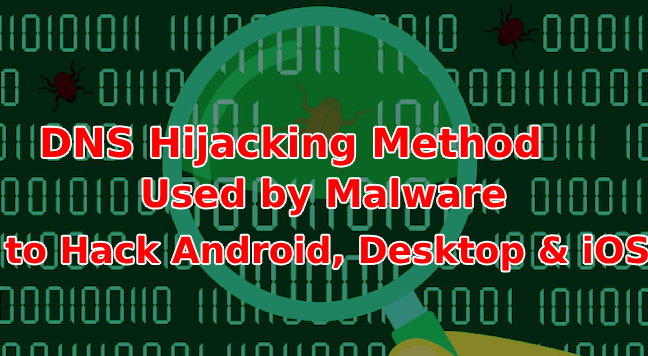Roaming Mantis Malware expands Geographically with many new capabilities. Initially, it targets only the Android users, now the malware authors improved their code by adding more geographies, platform support, and capabilities.
The DNS hijacking malware Dubbed Roaming Mantis designed to spread via DNS hijacking method. It redirects the users to the malicious pages and leads to download the Trojanized application spoofed Facebook or Chrome.
According to Kaspersky researchers “In May, while monitoring Roaming Mantis, aka MoqHao and XLoader, we observed significant changes in their M.O. The group’s activity expanded geographically and they broadened their attack/evasion methods.”
Geographical Expanded – Roaming Mantis
Now the landing page and the apk file support for 27 new languages covering Europe and the Middle East, so that the landing page and the malicious apk file will be downloaded corresponding to the device language.

According to the Kaspersky report more than 120 users of Kaspersky Lab products were affected in the last 10 days, the most affected countries are Russia, Ukraine, and India.
Phishing Campaign iOS device & mining with PC
Now the group behind Roaming Mantis targets iOS devices as well, with a phishing site http://security[.]apple[.]com to steal the user credentials.
The domain could not be resolved with legitimate DNS as it doesn’t exist and only the rogue DNS can resolve to the domain. If the user establishes the connection via compromised router it resolves with the domains that mimicking the Apple website.

The Phishing page supports for 25 languages and it is designed to steal user ID, password, card number, card expiration date and CVV.
Also, it inherits the web mining via a special script executed in the browser. It uses the most popular Coinhive web miner if the user connects to the landing page their CPU usage will increase terribly.
The threat actors behind Roaming Mantis have been quite active in improving their tools. To evade detection, it generates the malicious filename in real-time.

With the recent campaign it uses email protocol instead of HTTP to retrieve C2 servers, the malware connects via POP3 to a hardcoded outlook credentials and then extracts the real C2 address using the string “abcd” as an anchor.









